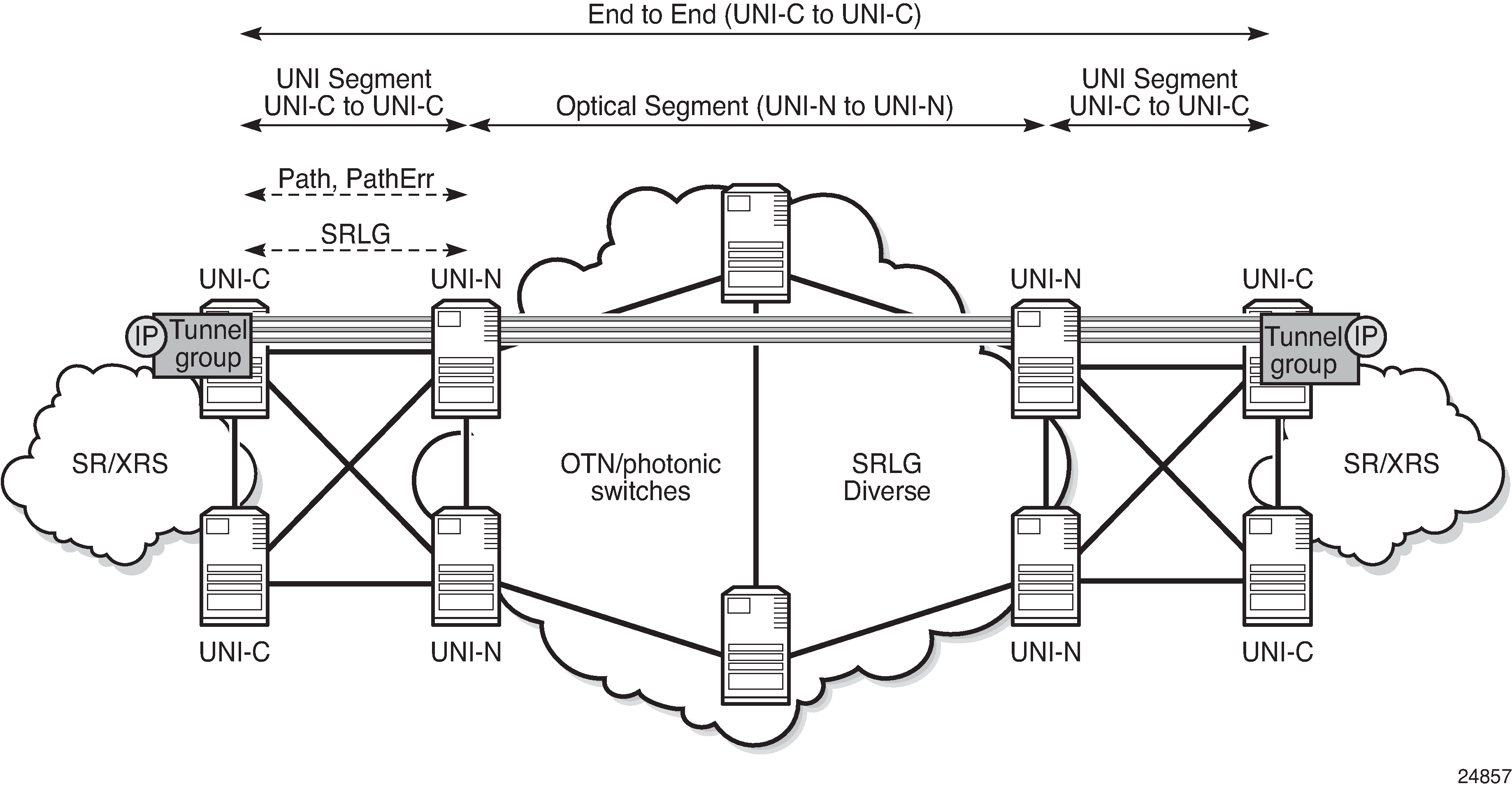Figure 1 shows the case where multiple gLSPs, instantiated as black and white Ethernet ports, are bundled together in a similar manner to LAG, using a GMPLS tunnel group. That is, each member gLSP of a tunnel group effectively maps to a member port, which runs end to end between remote UNI-Cs. Note that a LAG does not and cannot terminate on the neighboring 1830 PSS UNI-N. A single IP network interface is bound to the bundle of ports represented by the gLSPs. LACP does not run across the bundle; RSVP signaling is instead used to convey the state of the gLSP and therefore the corresponding member port of the tunnel group. Traffic is load shared across the tunnel group members.
